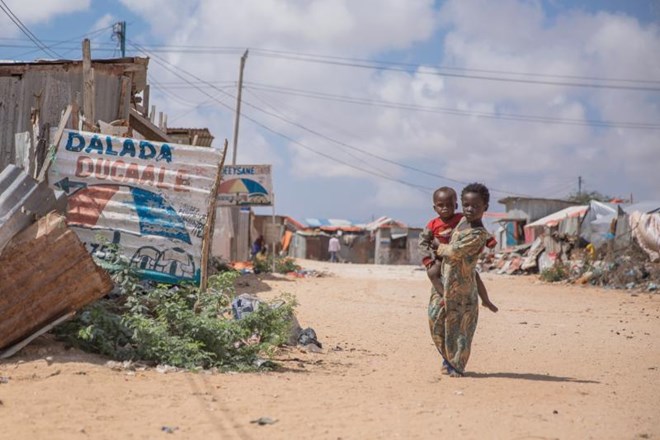
Sunday August 21, 2022

United Nations humanitarian chief Martin Griffiths has released 10 million U.S. dollars from the Central Emergency Response Fund (CERF) to ramp up emergency aid to Somalia, following its worst drought in 40 years.
Catastrophic levels of food insecurity have been declared for the first time since 2017, with 213,000 people in famine-like conditions and half the population — 7.8 million people — being acutely food insecure.
“The clock is running down for people in Somalia. If we don’t step up in force now, it’ll run out and the malnourished children are likely to die first,” Emergency Relief Coordinator Griffiths warned.
“This new funding will help humanitarian agencies get supplies and staff in place as soon as humanely possible to help avert a further catastrophe in Somalia. But it is no solution. We need all hands on deck and all resources mobilized to prevent famine,” he added.
The drought has displaced over 1 million people in Somalia since 2021, and an estimated 1.5 million children under the age of 5 face acute malnutrition. They include 386,400 who will require emergency nutrition treatment to survive.
With this latest funding, CERF has allocated a total of 41 million U.S. dollars to the drought response in Somalia this year.
Funding has backed food and nutrition interventions and delivered health, water and sanitation, protection, shelter and education to people in need.
The hunger crisis extends across the Horn of Africa. More than 21 million people across eastern Ethiopia, northern Kenya and Somalia are facing high levels of acute food insecurity following four consecutive failed rainy seasons. A fifth failed rainy season is predicted in the coming months, which will escalate needs.
Somalia urgently needs assistance to save lives and avert famine, but it also needs substantial investments in livelihoods, infrastructure development and climate adaptation to build resilience to future climate shocks.